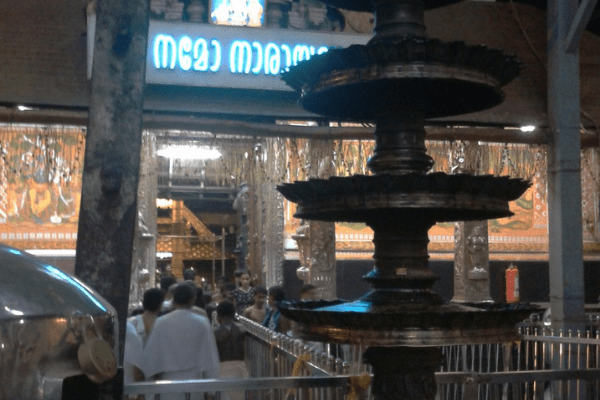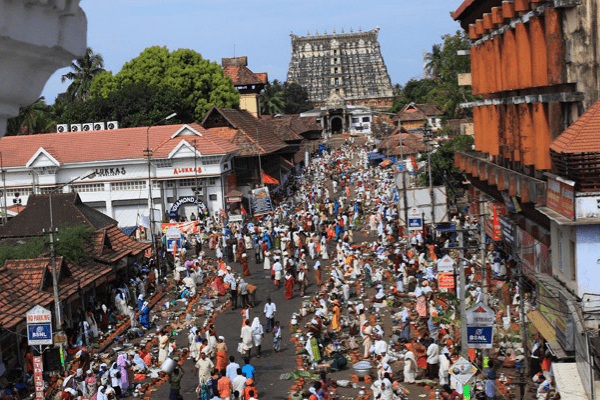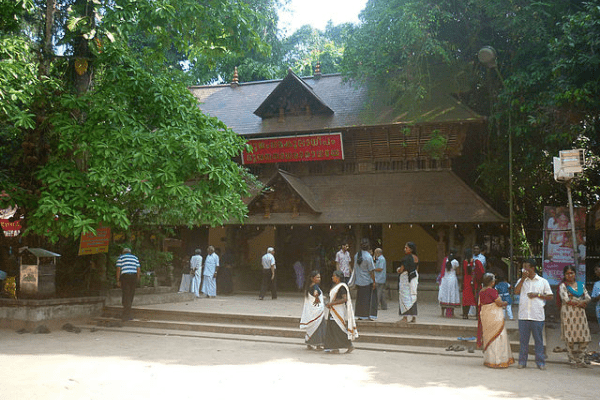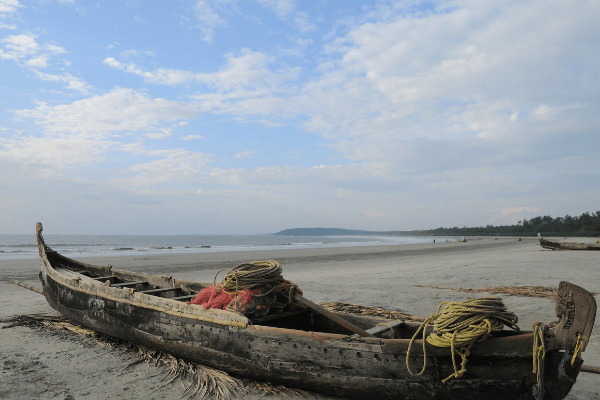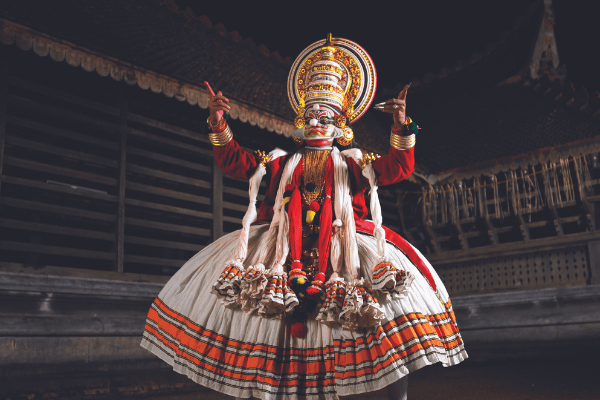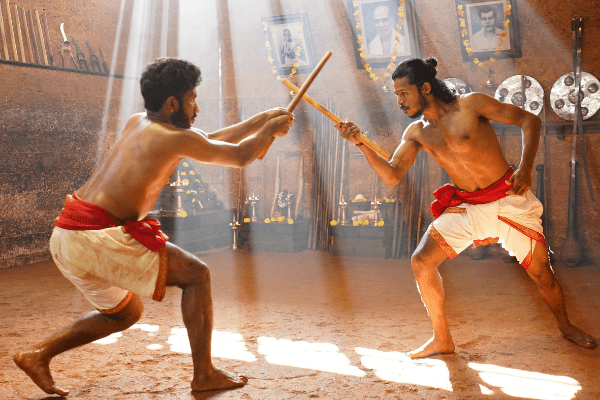Yoga in Kerala, India
National Geographic magazine once named Kerala among the “Top 50 paradises of the world” and there was a good reason they did! Talk about Kerala and the mind paints images of lush-green palm trees, paddy swaying to the winds, elephants walking in rhythm, long stretches of the backwaters, and everything serene. Combined with its dedication to ancient traditions and Ayurveda, the state gives out a zen-like vibe, perfectly conducive to the practise of yoga. No wonder Kerala is among the most-visited destinations in India for yoga enthusiasts and learners alike. From the foothills to the seaside, there are a plethora of locations and centres you can pick. Depending on your choice and schedule, it would be a good idea to also incorporate some Ayurvedic treatments during your stay.
The best time to visit Kerala is between October ー March when the climate is pleasant. Rains from June ー August and summers from March ー May makes travel a non-feasible option. Mid-December to mid-January is the peak season and a lot of tourists visit the region. So, if that’s the time you plan to visit, do make it a point to book your classes in advance to avoid the last-moment rush.
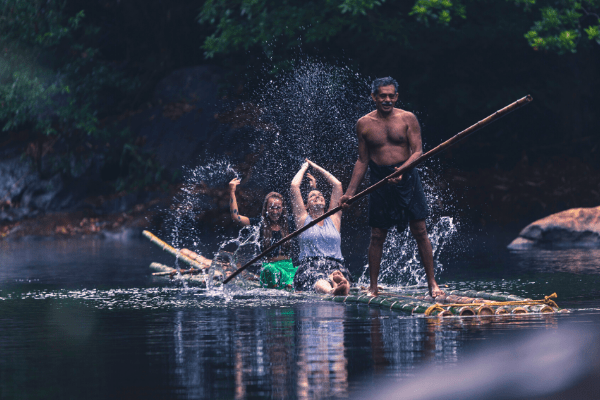
Backwaters of Kerala – Photo Credits: Kerala Tourism
Yoga Centres & Ashrams in Kerala
The most popular forms of yoga taught in Kerala are Hatha yoga, Vinyasa yoga, and Sivananda yoga. Other forms like Iyengar yoga, Kallari yoga (a mix of Kalaripayattu—the ancient martial art of Kerala, and yoga), multi-styled yoga (a mix of forms), Mysore-style Ashtanga yoga, and Kriya yoga are also available, though the number of specialised classed are few. Institutions like Sivananda yoga centre and Santhi yoga offer residential Teachers Training Courses (TTC). The duration depends upon your choice of programme. Places like Munkudil Ayurveda and yoga retreat, Agnihotra yoga retreat, etc. offer a yoga holiday that is inclusive of stay, food, and yoga lessons.
Spiritual places to visit in Kerala
Kerala is home to a rich diversity of people and religions co-exist in harmony here. The state welcomes you to explore its cultural heritage and also marvel at the influences various rulers have had on the architecture of these attractions. However, there are few places of worship where only people of a specific faith/gender are allowed to enter. Some places also warrant a dress code and have fixed visiting hours. So, do confirm things beforehand.
Yahoorajeshon, CC BY-SA 3.0, via Wikimedia Commons
Guruvayur Temple
The temple is dedicated to Lord Krishna’s avatar, Guruvayurappan, and is considered a must-visit by devotees.
Vibitha vijay, CC BY-SA 3.0, via Wikimedia Commons
Mannarasala Nagaraja Temple
Nestled in a forest, this unique, serpent-God temple is surrounded by sprawling groves that are conducive to the breeding and movement of snakes there.
Other attractions in Kerala
Kerala’s tropical climate is almost moderate most of the time. While the higher ranges remain cool year-round, the plains tend to stay warm/hot and humid mostly. The state is home to wild elephants, exotic birds, and many other marvels of nature. Its vibrant traditions, temple festivals, and friendly people add colour to even the smallest villages. A few places here have a local and modern version of their names (Trivandrum — Thiruvananthapuram, Alleppey — Alappuzha, Kochi — Cochin), so it’s good to confirm the same. Also, “nanni” means thank you in Malayalam, so try and say one in response to any help. You’d sure see more smiling faces.

